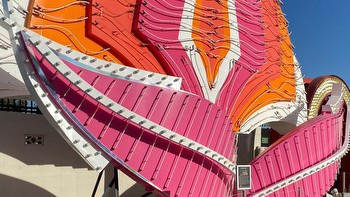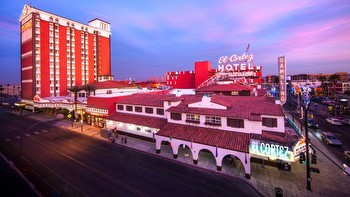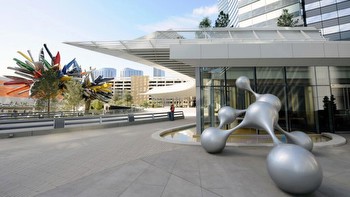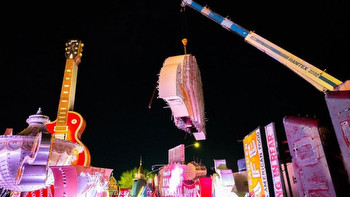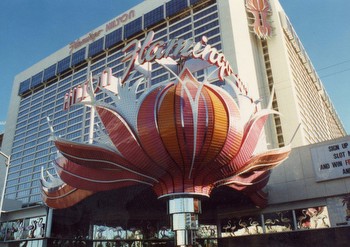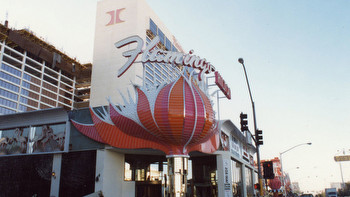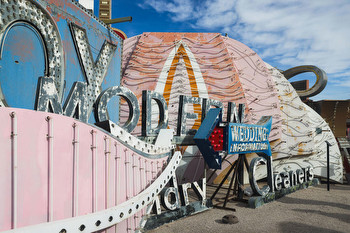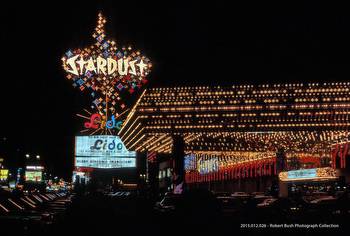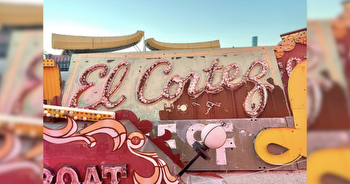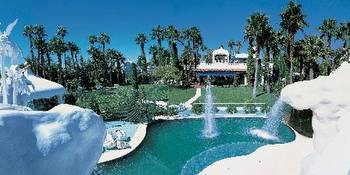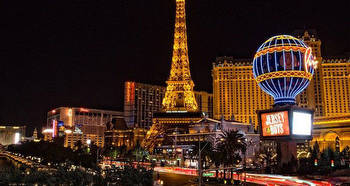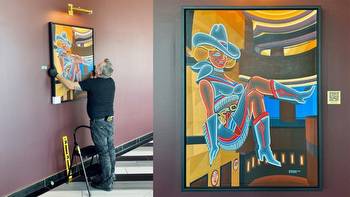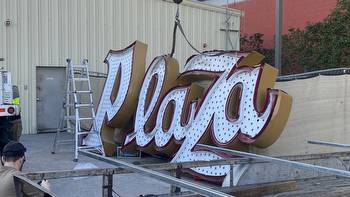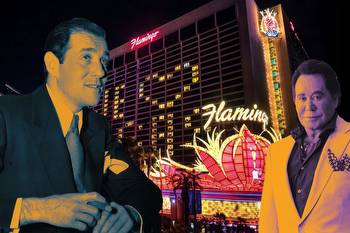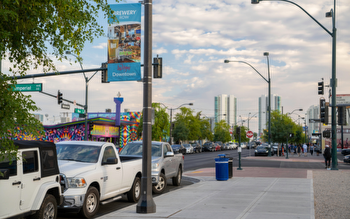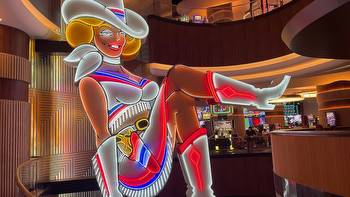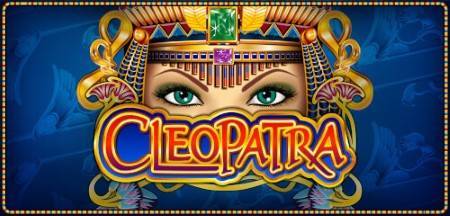The Neon Museum unveils restored signs from Flamingo casino
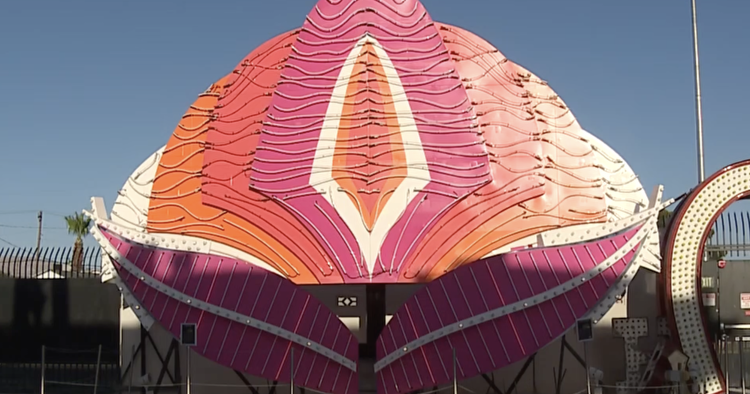
LAS VEGAS (KTNV) — The Neon Museum is getting even brighter after adding several signs from The Flamingo casino, which have been restored and brought together to create one installation.
That includes the hotel's historic 1976 pylon sign, which was inspired by sign designer Bill Clark, as well as two feather plumes, which were designed by Raul Rodriguez.
Rodriguez was a parade float designer who created over 500 floats. The Neon Museum interviewed him in 1998 and Rodriguez remembers being approached by Baron Hilton to create the signs.
"A lot of designs were shown to him. What I analyzed was that many of them were looking like signs where I interpreted the concept to be more than a sign but an image that themed the property, that gave it significant flair," Rodriguez said. "I remember telling Mr. Hilton that across the street, there's an entire Roman empire to work with. I had one bird and thank God it was pink. That's part of the magic too. Flamingo pink is very inviting."
Raul Rodriguez designs Flamingo's neon signsThey brought in airplane designers to help figure out how to make curves in the sign and learn how to bend sheet metal for the design. The final signs were installed in 1976 and were donated to The Neon Museum in 2003.
"They have been sitting in various parts of the Boneyard. They've been baking away in the Las Vegas sun," said Aaron Berger, the executive director of The Neon Museum.
The museum received donations from Emily Conner Cooper, wife of the late comedian Pat Cooper, Andrew Pascal, CEO of PLAYSTUDIOS, and Felicia French, the CEO of Opuzen, which made the restoration possible. The signs hold special meaning to Cooper. Her husband made his Las Vegas debut at the Flamingo in 1963, opening for Bobby Darin.
Berger said months of research went into the project.
"The restoration process is a lot more work than people would assume. In this case, this was two months of just solid planning and research. The research involved everything form using photo clips, film footage, even snapshot photos, to try and get the accurate colors," Berger said. "This isn't us guessing. This is using historic base for that."
Then, it was time to remove the signs and restorers spent five months bringing the pieces back to life.
"When it left the property, it leaves by crane. It's a little harrowing to see this 11,000-pound structure dangling from a thread as it made its way through the Boneyard," Berger said. "Then, it's on to a flatbed truck and into storage where it's restored."
Berger said about 200 tubes of neon and 20 transformers help light up the signs.
While the front may look brand new, the back is still the same as it was in 1976.
"The reason is we want to be able to look at the other side and reference it in some way so we know what that original paint sample looks like," Berger said. "We've got some original tubing we can pull from. So if we need to restore this again, after 20 years in the sun, we have those originals to pull from."
With the restored signs in their rightful place in the Boneyard, Berger said it's another way for visitors to learn about Las Vegas history.
"It's an incredibly important property because it's the longest-running property on the Strip. This gives us the chance to talk about everything from the mob to the influence of entertainment," Berger said. "We start bringing in acts to perform at the Flamingo. Wayne Newton is a headliner at 21 at the Flamingo. This is the first property that builds a wedding chapel inside the building. We think about being the entertainment capital of the world, the wedding capital of the world. The Flamingo had a really significant role to play in both of those monikers."
Desert Diamond: The Flamingo turns 75







